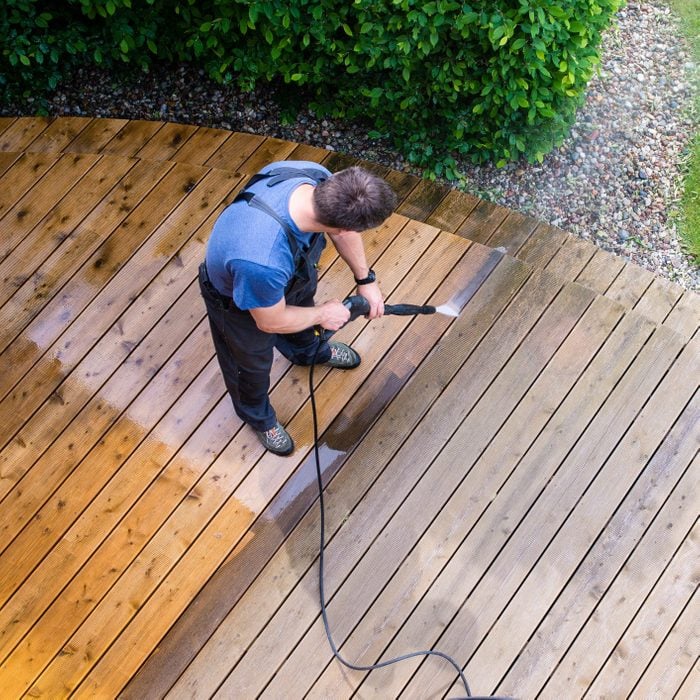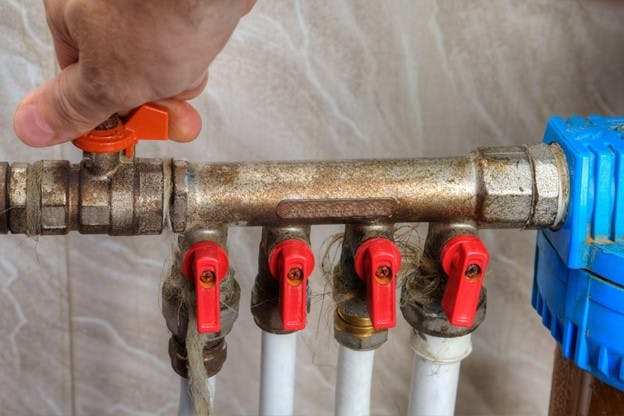Our Conclusive Advice to Dealing with Low Water Pressure in Your Home
Click HereWe've unearthed the article involving Low Water Pressure in the House? down the page on the internet and thought it made sense to relate it with you on my blog.

Low tide stress in your house can be a frustrating trouble, impacting everything from showering to washing meals. If you're experiencing weak water flow, there are several possible causes and solutions to explore. In this overview, we'll go over common factors for low tide pressure and functional actions to resolve the problem successfully.
Intro to Low Tide Stress
Low tide pressure happens when the circulation of water from your faucets, showers, and other fixtures is weaker than usual. This can make day-to-day jobs much more tough and much less efficient. Comprehending the causes of low water pressure is crucial to locating the best remedy.
Typical Root Causes Of Low Water Stress
Pipe Obstructions
In time, pipes can become clogged with natural resource, debris, or debris, restricting the flow of water. This is a common concern in older homes with galvanized steel pipelines.
Corrosion
Deterioration within pipes can bring about leaks and minimized water pressure. Corrosion buildup can constrict water circulation, especially in maturing plumbing systems.
Faulty Stress Regulatory Authorities
Stress regulators are accountable for keeping regular water pressure in your home. If they malfunction, it can lead to low tide pressure or unequal flow throughout your house.
Local Water Supply Issues
In some cases, the problem exists outside your home. Metropolitan water supply concerns, such as main line leaks or upkeep job, can temporarily minimize water pressure in your location.
Exactly How to Diagnose Low Tide Pressure
Examining Faucets and Fixtures
Start by evaluating the water stress at different faucets and fixtures throughout your home. If the concern is separated to certain areas, it might indicate local issues.
Checking Pipes
Examine noticeable pipelines for indicators of leakages, deterioration, or obstructions. Pay attention to any type of uncommon sounds, such as banging or rattling pipelines, which could suggest problems within the plumbing system.
Consulting with a Plumber
If you're incapable to determine the cause of low tide stress, consider working with a professional plumber to conduct a complete inspection. They can identify underlying issues and recommend proper solutions.
Do It Yourself Solutions to Take Care Of Low Water Pressure
Cleansing Aerators and Showerheads
Mineral deposits can build up in aerators and showerheads, decreasing water flow. Remove and clean these parts on a regular basis to improve water pressure.
Flushing Hot Water Heater
Sediment accumulation in the hot water heater can limit flow and decrease efficiency. Flushing the container periodically helps eliminate debris and preserve ideal efficiency.
Examining Pressure Regulatory Authority
Ensure that the pressure regulator is working appropriately. Readjusting or replacing the regulator can help bring back proper water pressure throughout your home.
Clearing Clogs in Pipes
For minor blockages, attempt utilizing a plumbing serpent or chemical drain cleaner to clear obstructions in pipelines. Be cautious when using chemicals and adhere to security standards.
When to Call a Professional Plumber
If DIY initiatives fail to solve the issue or if you believe considerable plumbing problems, it's best to look for aid from a qualified plumber. They have the experience and devices to address complex concerns safely and efficiently.
Preventive Measures to Maintain Water Stress
Routine Maintenance
Arrange regular maintenance for your plumbing system to avoid issues such as corrosion, leakages, and obstructions. Addressing small problems early can assist avoid more significant repairs later.
Mounting a Pressure Booster
Take into consideration installing a stress booster pump to boost water stress in locations with continually low flow. This can be especially advantageous for multi-story homes or residential or commercial properties with high-demand fixtures.
Surveillance Water Use
Be mindful of water use habits and prevent overtaxing the plumbing system. Straightforward changes, such as astonishing showers and washing loads, can aid maintain sufficient water stress.
Verdict
Dealing with low water pressure can be aggravating, but recognizing the underlying causes and applying proper services can recover optimum flow throughout your home. Whether it's cleaning aerators, checking pipes, or consulting with a plumber, taking positive actions can make certain a steady supply of water for your daily needs.
FOUR WAYS TO FIX LOW WATER PRESSURE NOW
Turning on a shower or faucet only to find the water comes out in a sad, slow drizzle is never a good feeling. How exactly are you supposed to wash a pan or take a quick shower when it takes 10 minutes just to rinse off a little soap? The good news is that when your water pressure is bad, there's always a cause: typically one that can be easily fixed. Here are some of the most common causes of low pressure and what you can do to fix the issue:
DEBRIS AND MINERAL DEPOSIT BUILDUPS
If you notice low water pressure from just one or two of the fixtures in your house, the problem likely has to do with debris buildup. Water is full of minerals and other debris, all of which can accumulate in your pipes and on your fixtures. This can cause a blockage that affects how much water flows through. To fix this, try filling a small plastic bag with white vinegar, and use a rubber band to hang it around your showerhead or faucet. Let the head of the fixture soak for a few hours, and the vinegar should loosen the deposits.
WATER LEAKS
Leaks are another common cause of low water pressure. If water is flowing out of your plumbing through a hole or crack before it can reach your fixture, the pressure coming out of the faucet or showerhead will be lower. A plumbing professional is your best bet for finding and repairing a leak in your water supply pipes.
Leaks are another common cause of low water pressure. If water is flowing out of your plumbing through a hole or crack before it can reach your fixture, the pressure coming out of the faucet or showerhead will be lower. A plumbing professional is your best bet for finding and repairing a leak in your water supply pipes.
FOUR WAYS TO FIX LOW WATER PRESSURE NOW
Turning on a shower or faucet only to find the water comes out in a sad, slow drizzle is never a good feeling. How exactly are you supposed to wash a pan or take a quick shower when it takes 10 minutes just to rinse off a little soap? The good news is that when your water pressure is bad, there's always a cause: typically one that can be easily fixed. Here are some of the most common causes of low pressure and what you can do to fix the issue:
DEBRIS AND MINERAL DEPOSIT BUILDUPS
If you notice low water pressure from just one or two of the fixtures in your house, the problem likely has to do with debris buildup. Water is full of minerals and other debris, all of which can accumulate in your pipes and on your fixtures. This can cause a blockage that affects how much water flows through. To fix this, try filling a small plastic bag with white vinegar, and use a rubber band to hang it around your showerhead or faucet. Let the head of the fixture soak for a few hours, and the vinegar should loosen the deposits.
WATER LEAKS
Leaks are another common cause of low water pressure. If water is flowing out of your plumbing through a hole or crack before it can reach your fixture, the pressure coming out of the faucet or showerhead will be lower. A plumbing professional is your best bet for finding and repairing a leak in your water supply pipes.
Leaks are another common cause of low water pressure. If water is flowing out of your plumbing through a hole or crack before it can reach your fixture, the pressure coming out of the faucet or showerhead will be lower. A plumbing professional is your best bet for finding and repairing a leak in your water supply pipes.
A VALVE ISSUE
If you have low water pressure throughout your home, check your main shut-off valve to make sure it's completely open. You may also want to see if there's a pressure-reducing valve installed. If there is, have a plumber help you adjust the settings to get the pressure you're looking for.
OTHERS USING WATER
Believe it or not, your low water pressure could be caused by your neighbors. If you notice low pressure at certain times of day, it may be because you and the people living next to you have similar schedules - when everyone is showering at the same time, the pressure will be lower in every home. Low pressure throughout the neighborhood may also be caused by an issue with your municipal water supply. If that's the case, call the supplier to see if they're working on the issue.
https://www.rotorooter.com/blog/water-leaking/low-water-pressure-fixes/

I came across that blog post about Dealing with Low Water Pressure in Your Home when surfing the search engines. Sharing is good. Helping people is fun. Thank you for taking the time to read it.
Get A Free Quote